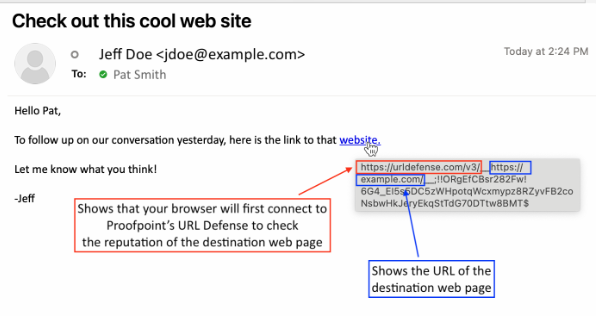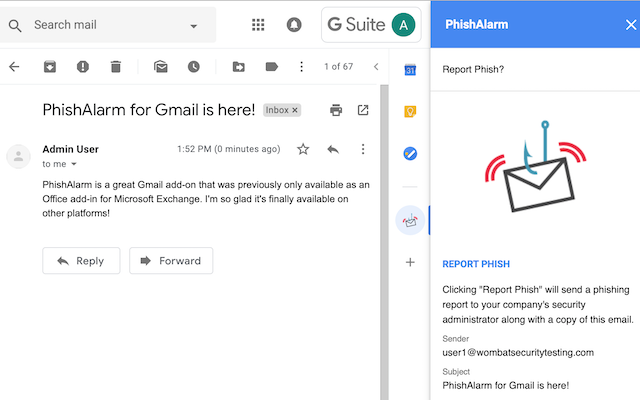Improving email security at Brookes

We live, study and work in a time when the threat of a cyber-attack is ever present, and universities are often the targets of these attacks - but how do they happen?
Methods of attack vary, but data shows that: email-based attacks remain one of the most common. Some research shows that up to 90% of targeted attacks start with an email. It can be a successful strategy because it’s simple and we all interact with emails every day.
In response to that risk, Oxford Brookes will be implementing improved email security controls over the coming weeks. This article gives you an overview of what to expect.
What will change and when?
Details and timings for specific changes will be communicated via Student News and will include:
Appearance of links in emails
The new security tools will rewrite URLs in emails so that when clicked, a layer of protection can be added before you are directed to the destination website.
In the email body, rewritten text links will appear the same, but if you hover over the link (or press and hold if using a mobile device) the destination will start with ‘https://urldefense.com/’ or ‘https://urldefense.proofpointcom/’ If you are using a screen reader which reads out URLs in full, it will read out this longer URL.

New ways to report suspicious messages
We actively encourage you to report any suspicious email messages and this change will make it easier for you to do that. A new reporting button title PhishAlarm will be added to Google Workspace which will:
- help provide a quicker, automated response
- trigger the system to check other Brookes inboxes for the same malicious messages and automatically remove them. This means your diligence will help protect the wider University community.
You can view an image which shows the process works for reporting suspicious emails.

Decluttering inboxes and self-service spam management
Unsolicited promotional messages can clutter our inboxes. These are generally an annoyance rather than a threat, but a cluttered inbox can cause us to drop our guard and click on things that are potentially dangerous. To help you manage this, these types of messages will be placed into a quarantine area rather than delivered directly to your inbox and you will be able to access and manage them. For example, you may choose to release a message from quarantine and allow messages from that sender in the future, or you may choose to block them entirely.
